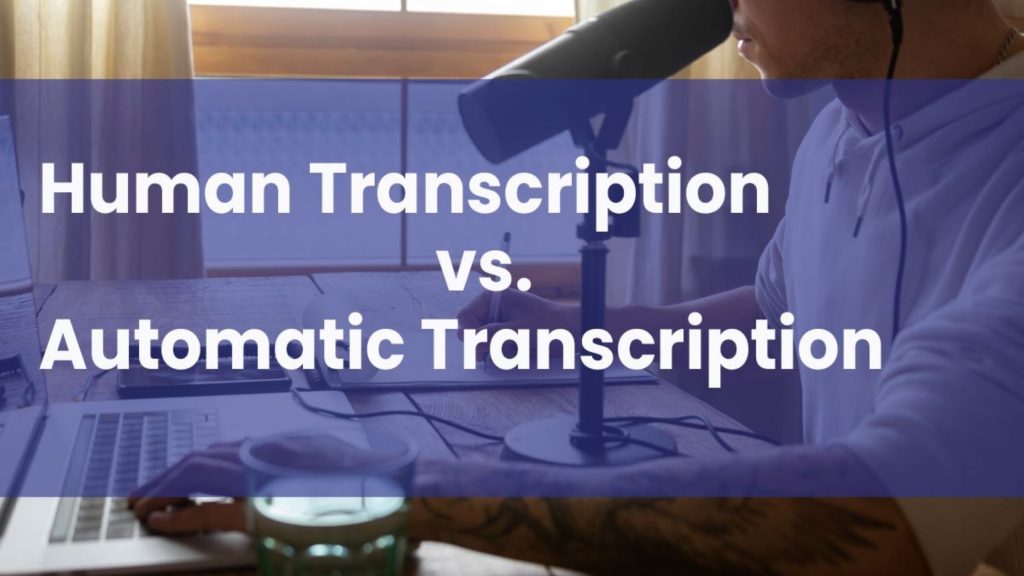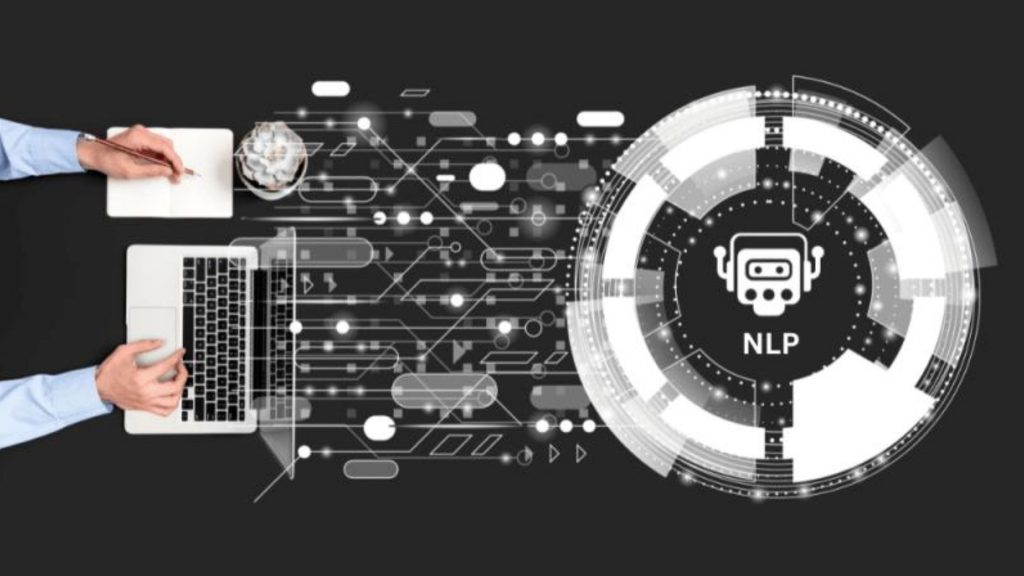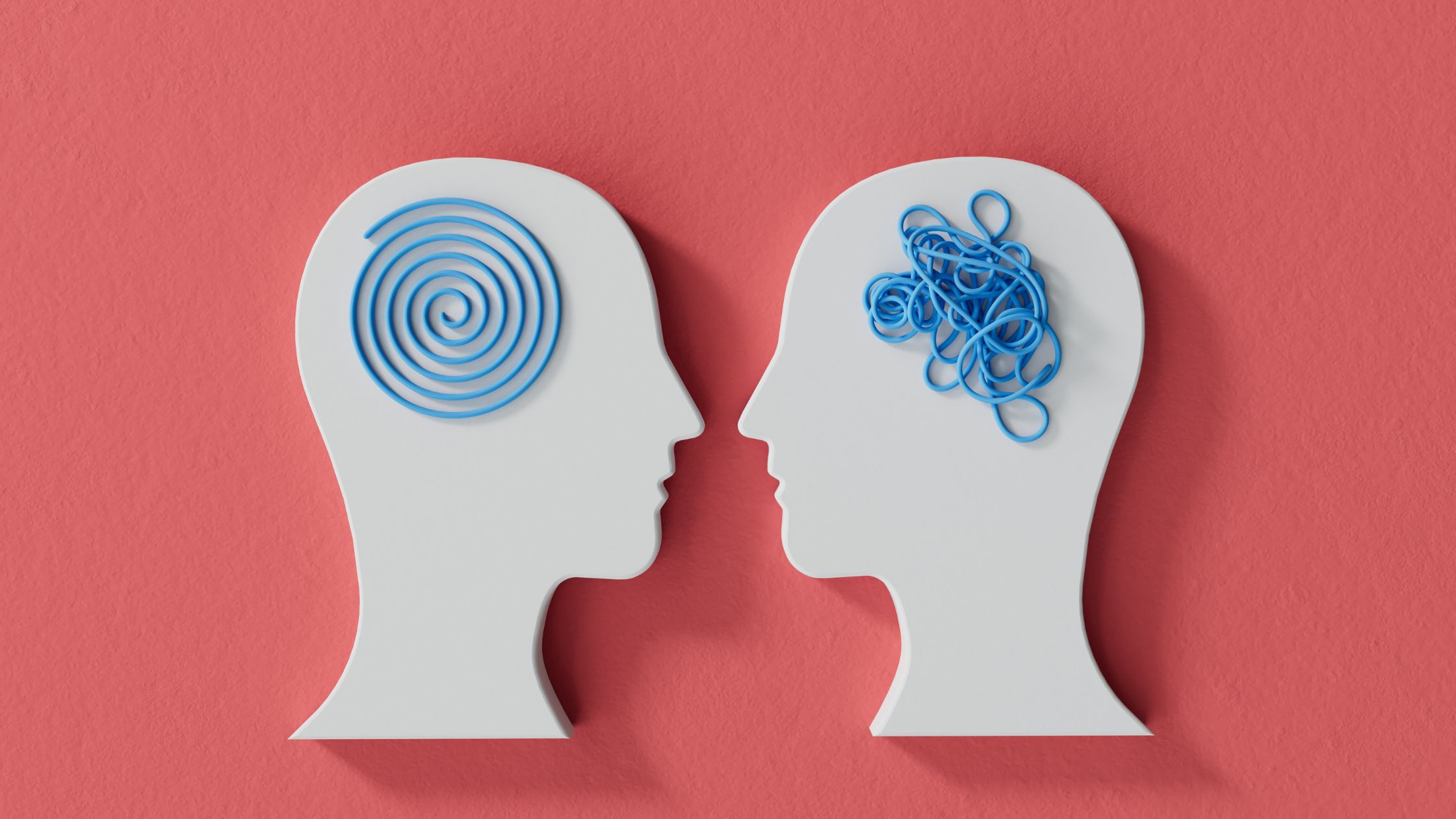The Evolution of Transcription Services
Many business meetings, conferences, seminars, and other events are held under the authority of most corporations. Taking notes for these activities and keeping track of the material at all times is a difficult undertaking for anyone.
At that moment, businesses must decide whether to focus on their main business activity or watch the minute details of every incident.

They require the comprehensive help of professionals for value-added business transcription who can transcribe it so that common people can understand.
Due to a lack of such expertise, the company loses its clients’ interest since it cannot persuade them. This circumstance causes transcription specialization in order to achieve the best outcomes for these occurrences.
Their transcribing has grown in favor and demand across the world because of the reduction in paperwork.
This also makes it easier to record the data and subsequently convert the audio formats into written documents with the aid of a transcriptionist for future reference and analysis.
Human Editing Vs Full Automation
Transcription services be it medical transcription or data transcription are useful for businesses and organizations, but they also have some unexpected applications. Lets us see human editing vs full automation which provides the best transcription.

- Are confidentiality and data security important to you?
Because AI software uses algorithms to transcribe files, your data may be kept on a server outside of your control. Human transcribers, on the other hand, do not keep personal information and have access to it only while working on your transcript. - How much noise is there in the recording?
Consider whether the tape was made on a busy street or if there are sounds in the background that are unrelated to the talk. Voice recognition/AI transcription may be able to perform the assignment to your satisfaction if the recording is clear. - How soon do you require the transcript?
If you need a transcript quickly and don’t need any formatting, AI transcription and speech recognition software is a viable solution. However, if accuracy is critical, human transcribing is worth the extra effort. AI software transcribes audio or video data using algorithms, which may not grasp crucial contextual information or code-switching. When you receive a voice recognition-generated document, it is simply reformatted text. If the document is going to be forwarded to or shared with another party, you’ll want to give yourself plenty of time to proofread and reformat the final version. A human transcriptionist will return a document that is structured and ready to send. - Is the completed product going to be shared with a customer or a coworker?
Voice recognition documents are often returned as plain text. Basic punctuation and capitalization are included, so it is suitable for notes or even certain emails, but if your completed document requires professionalism, it is worthwhile to hire a qualified, human transcriptionist. Otherwise, if you use voice recognition, you’ll spend as much time reformatting your text as you did dictating, negating any efficiency improvements. - Is there any bi-lingual discussion or significant accents on the recording?
Human transcription will most likely be more accurate if the tape includes bi-lingual dialogues. Because AI technologies may struggle to grasp accents and interpret many languages, you may need to change the transcript once it is created. - Is this a single-speaker or multi-speaker dialogue that you’re transcribing?
If you’re transcribing a one-on-one chat, AI transcription software could be an excellent solution. Human transcription, on the other hand, will capture the discourse more exactly if the tape comprises a group with many speakers. Some voice recognition tools can efficiently capture multi-speaker recordings, but if the speakers interrupt, talk over one other, or slur, multi-speaker transcription can rapidly become troublesome.
Concluding Thoughts
The evolution of transcription services in the UK & US has brought about significant changes over the years. Initially, human editing was the standard practice, with transcribers manually transcribing audio recordings into text. However, with the advancement of technology, full automation has emerged as a more efficient and faster option.
Full automation offers many benefits, including the ability to transcribe large volumes of audio in a short amount of time. While human editing still holds value, there are situations where full automation may be preferred.

Full automation is often more accurate than human editing because of its lack of human error or bias. In cases where audio quality is poor or a speaker has a heavy accent, a human editor may be better equipped to transcribe the audio accurately.
Human editors can pick up on nuances such as tone and inflection, which may be necessary in specific contexts. Ultimately, the choice between human editing and full automation will depend on various factors, including the audio, the desired level of accuracy, and the budget. By taking these factors into account, individuals and transcription services in India can decide which is the best transcription service that is most suitable for their needs.
Embrace the future of transcription with Oriental Solutions: Your tailored path to accurate and efficient services awaits




